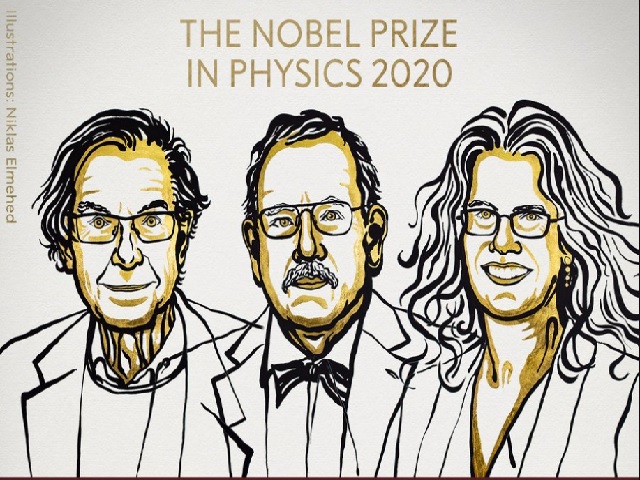By Maria Somova, Year 12,
Geminid meteor showers have taken place yearly since the 1800s, with their most significant spikes in mid-December. It is considered to be one of the best and most reliable meteor showers. Although, the first showers were not as spectacular – with only 10 to 20 meteors seen per hour. Since then the Geminid showers have grown to become one of the major meteor showers as during its peak it can reach 120 meteors seen per hour.
The central aspect that differentiates Geminid meteor showers from others is the fact that they come from an asteroid 3200 Phaethon rather than from a comet-like most meteor showers. The common difference between those two is that an asteroid is a rock and has a more circular orbit, while a comet is commonly described as a “dirty snowball” with a solid nucleus that’s covered by an icy layer, which sublimates when a comet approaches the sun. The comet’s orbit is more elongated than the one of an asteroid.
However these definitions worked well until modern and larger telescopes became increasingly popular. The use of more advanced technology led to a possibility of asteroids becoming re-classified as comets and vice versa. This phenomenon is called a “dormant comet” – when a comet shuts down and its volatile materials become trapped beneath the nucleus’s surface. So the asteroid 3200 Phaethon is now considered more likely to be a dormant comet.
The asteroid was discovered in images taken by IRAS (infrared asteroid satellite) on October 11th, 1985, by Simon Green and John Davies. After its orbit was calculated, it was announced that the asteroid had precisely the same orbit as the Geminid Meteor shower. This was very unusual since an asteroid had never been associated with meteor showers before. Moreover, it is still unknown how the material from the asteroid’s surface or interior is released into the meteoroid stream.The meteoroid stream intersects with our planet’s orbit and becomes visible from Earth every mid-December, although the official duration of the meteor shower this year is from November 19th until December 24th.
So when is the best time to observe the Geminid meteor shower this year? Geminid – always a favorite among the annual meteor showers – appears as fast and very bright meteors with a white or yellowish color. This particular meteor shower is best viewed at night and during predawn hours. It is visible across the globe due to its nearly 24-hour broad maximum. Unfortunately, this year, the peak of Geminid’s meteor shower happened at the same time as the full moon, which may disrupt nighttime observations. For the best viewing experience, it is strongly recommended to go to a place remote from the bright city lights. However, this year’s viewing will be slightly interrupted by the brightness of a nearly full moon (the full moon will be the night of December because the meteors may appear fainter than their typical bright lights).
Overall, this is a very exciting occasion for stargazing, although for those who search for more rare and unusual occasions it might not be as entertaining.



